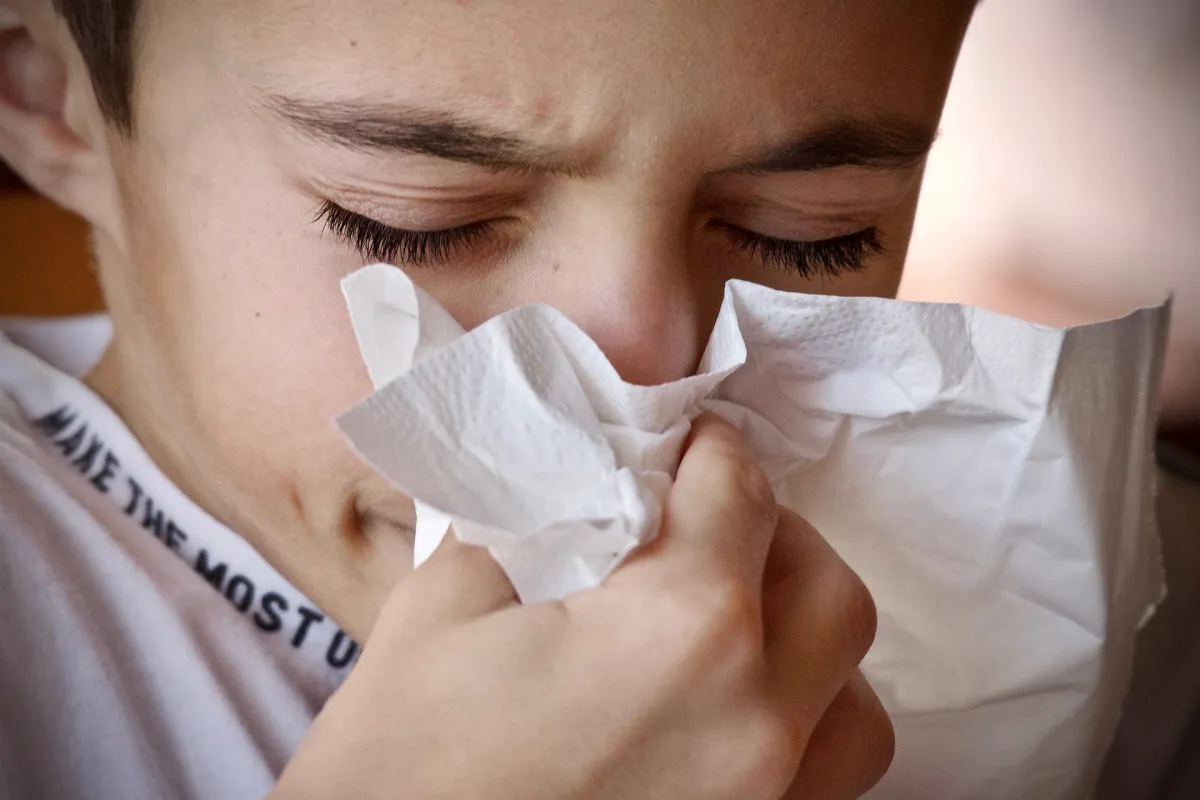Whooping Cough Cases Climb in South Carolina, New Data Show
SOUTH CAROLINA — New data from the South Carolina Department of Public Health shows a significant uptick in whooping cough, also known as pertussis, with 183 reported cases statewide as of July 30, 2025. That’s up from 147 cases at the same time last year, raising concern among health professionals and local families.
Where the Numbers Are Rising Most
In the Upstate region, several counties — including Abbeville, Cherokee, Laurens, Oconee, and Union — reported zero pertussis cases this year. But others are seeing clear spikes:
- Spartanburg County leads the state with 45 confirmed cases
- Greenville County follows with 24 cases
- Pickens County reported 14 cases
- Anderson County logged 13 cases
In contrast, Spartanburg saw a much higher figure at this time last year with 74 cases, while Greenville County had only 12. The new data reflects a doubling of Greenville’s cases and nearly double for Anderson County. Notably, Greenwood County was excluded from both year’s reports.
What to Know About Pertussis
Pertussis is a highly contagious respiratory illness that spreads through coughing or sneezing. The infection causes violent coughing fits that can interfere with daily activities such as eating and sleeping. It can be particularly dangerous for infants, pregnant women, and individuals with weakened immune systems.
“We’ve certainly seen our vaccine rates decrease, especially post-COVID,” said Dr. Martha Buchanan of DPH. “Unfortunately, I think it’s going to take us some time to recover from that.”
Key Symptoms to Watch For
Common signs of whooping cough include:
- Prolonged coughing fits
- A “whooping” sound when breathing in after a cough
- Vomiting after coughing
- Runny or stuffy nose
- Low or no fever
How to Stay Protected
Vaccination Is Critical
Doctors emphasize that vaccination is the best defense. According to Dr. Katie Richardson of Prisma Health, pregnant individuals who receive the vaccine can pass on some immunity to their newborns.
“Those infants under six months are at higher risk of stopping breathing due to this disease,” Richardson noted. “That’s why we place them in intensive care when they get sick.”
CDC vaccination recommendations include:
- Babies/children: Shots at 2, 4, 6, 15–18 months, and 4–6 years
- Pre-teens: A booster around age 11 or 12
- Adults: Tdap booster if never received
- Pregnant women: Tdap shot during each pregnancy (between 27–36 weeks)
Other Preventative Measures
- Stay home when sick: Avoid work, school, or daycare if showing symptoms
- Practice good hygiene: Wash hands frequently and cover mouth when coughing or sneezing
Vaccinations are part of the routine childhood immunization schedule and are available at:
- Pediatric and family medicine offices
- Community health clinics
- Public health departments
For families in need, the Vaccines for Children (VFC) program provides free vaccines to eligible children.
Have you noticed an increase in respiratory illnesses in your area? Share your experience at SaludaStandard-Sentinel.com.







